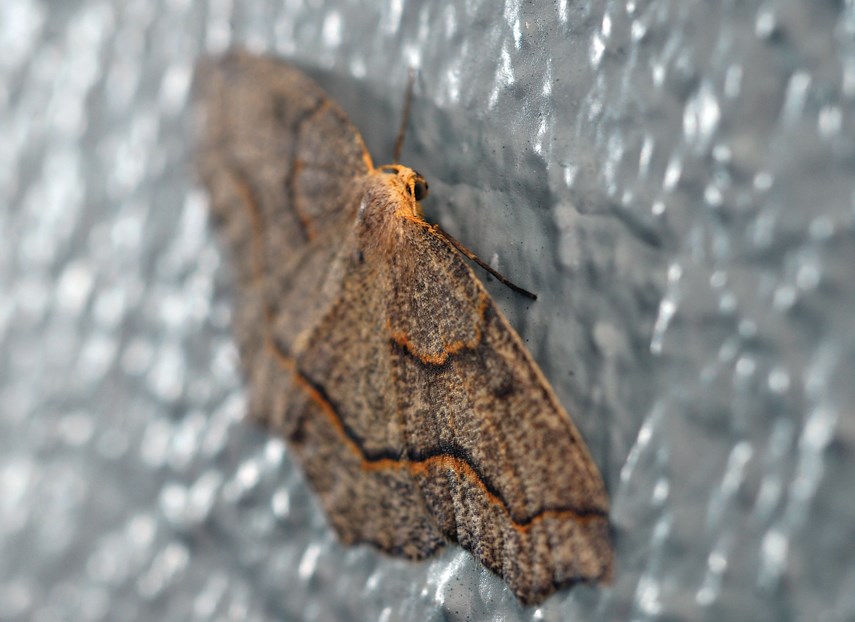The North Shore is discovering what life is like under moth rule.
Eclipses of moths have been flitting, fluttering and generally wreaking havoc around any light source over the past week, noted Capilano University biology instructor Paul McMillan.
“They were all over the place,” he said, describing a recent trip to Lynn Canyon.
After years of bust, we’re likely witnessing a boom of western hemlock loopers, according to McMillan.
This particular increase may stem from the hot, dry summers of recent years and their effect on trees, McMillan suggested.
“Because the trees are stressed, they’re probably a little bit more vulnerable. Maybe the needles are a little softer, a little easier for the caterpillars to eat,” he said.
More plentiful food leads to a higher caterpillar survival rate and a subsequent spike in the population of the North Shore’s night shift butterflies, he reasoned.
The boom-bust cycle tends to repeat between predator and moth populations every 10 to 20 years, according to UBC assistant professor of zoology Katie Marshall, who advised residents not to worry about the insects.
“They’re not harmful, they don’t carry disease. In terms of human health, we really don’t worry about them,” Marshall said.
However, there may be a risk to B.C. forests, Marshall noted.
“The western hemlock looper – theoretically they can strip a tree of its foliage within a year,” she said.
The looper is a native defoliator of western red cedar and Douglas fir, as well as its namesake hemlock, “causing severe damage to forests in both Interior and coastal stands in British Columbia,” according to information posted on B.C.’s website devoted to Sustainable Forest and Timber Management.
“Loss of valuable timber, increased fire danger risks, and loss of important wildlife habitat can result from hemlock looper outbreaks,” according to the website.
While the outbreaks can last from one to three years, a booming moth population tends to be reined in by nuclear polyhedrosis – a deadly disease that thrives in dense clusters, according to McMillan.
“If you have lots of moths in a small area, then the disease can spread very rapidly,” McMillan said.
The virus causes infected larvae to climb atop their host trees and liquefy, releasing millions of virus particles onto their eclipse.
But while this moth boom may decline, it could also be a sign of things to come.
“If we’re going to see more hot, dry summers we might expect to see more outbreaks like this,” McMillan said.



